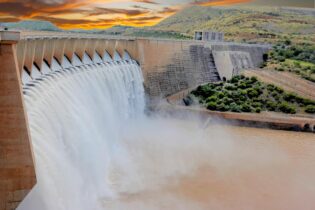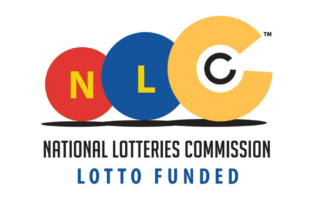 Water and wastewater tariffs around the world have gone up by 3.91% on average across 385 cities between July 2016 and July 2017 according to the Global Water Intelligence’s 2017 Global Water Tariff Survey.
Water and wastewater tariffs around the world have gone up by 3.91% on average across 385 cities between July 2016 and July 2017 according to the Global Water Intelligence’s 2017 Global Water Tariff Survey.
This average equates to more than two times the global inflation rate. The study, entitled The Global Value of Water, recorded water and wastewater tariffs in 67 new locations for 2017, bringing the total number of cities included in the 2017 survey up to 452.
The survey results show a marked change in tariff trends across the world. For the first time, urban residents in the United States pay more on average for their combined water and wastewater services, than city-dwellers in Western Europe. A constant compound annual growth rate of 5% for the last 5 years in the US has taken rates to $4.09/m3, 20 cents more than in Western Europe.
Tariffs need to double
Christopher Gasson, Publisher of GWI and co-author of The Global Value of Water commented “With the global increase by 3.91% reported this year, we are certainly moving in the right direction”.
He added; “however, as many of the experts contributing to the White Paper have argued, tariffs need to double. With each year that passes, it becomes clearer that the water industry can only save itself if it can pay for itself.”
The White Paper points to rising operating costs and a pressing need to upgrade and expand infrastructure as the main reasons behind the tariff hikes recorded around the world.
Ageing infrastructure driving up costs
The need to replace ageing infrastructure in the US for example, produced by a lack of investment in recent years is pushing prices up.
Closer to home residents in Sub-Saharan Africa also saw their rates climb due to increasing costs. In South Africa, rates increased by around 20% in Johannesburg and in Cape Town, after the elimination of the free first 6m3 water block, and the desire to put the collected revenue towards the City’s water-related projects for the maintenance and upgrade of infrastructure.
In addition, residents in Maputo (Mozambique) or Lusaka (Zambia) are also experiencing tariff increases due to rising costs related to higher prices of electricity and chemicals encouraged by high inflation rates.
The survey was published by GWI and the Global Water Leaders Group (GWLG) in partnership with Arup, and featuring commentaries from GWLG members and Alexander Danilenko, Senior Water and Sanitation Specialist at The World Bank.
 Water and wastewater tariffs around the world have gone up by 3.91% on average across 385 cities between July 2016 and July 2017 according to the Global Water Intelligence’s 2017 Global Water Tariff Survey.
Water and wastewater tariffs around the world have gone up by 3.91% on average across 385 cities between July 2016 and July 2017 according to the Global Water Intelligence’s 2017 Global Water Tariff Survey.






